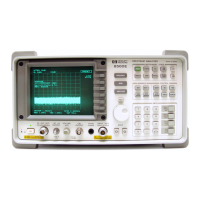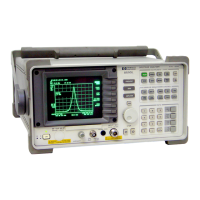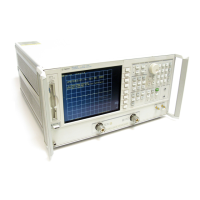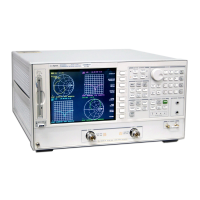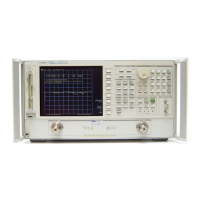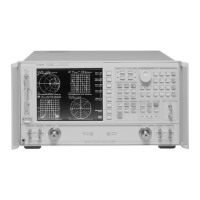The Status Model Introduction to Programming
Agilent 8163A/B, 8164A/B & 8166A/B Mainframes, Fifth Edition 33
The Status Model
Status Registers
Each node of the status circuitry has three registers:
• A condition register (CONDition), which contains the current status.
This register is updated continuously. It is not changed by having its
contents read.
• The event register (EVENt), which contains details of any positive
transitions in the corresponding condition register, that is, when a bit
changes from 0 → 1. The contents of this register are cleared when it is
read. The contents of any higher-level registers are affected with regard
to the appropriate bit.
• The enable register (ENABle), which enables changes in the event
register to affect the next stage of registers.
The structures of the Operational and Questionable Status Systems are
similar. Figure 4 describe how the Questionable Status Bit (QSB) and the
Operational Status Bit (OSB) of the Status Byte Register are determined.
Figure 3 The Registers and Filters for a Node
The event register is the only kind of register that can affect the next stage
of registers.
NOTE
Enable Registers
To th e
Condition Register
of the Next Node
Event Registers
Condition Registers
OR
11111
A positive transition in the condition
causes the corresponding bit of the
to change from 0
→
1.
corresponding event register
register, when a bit changes from 0
→
1,
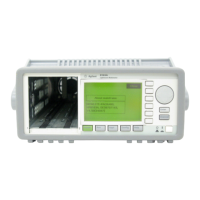
